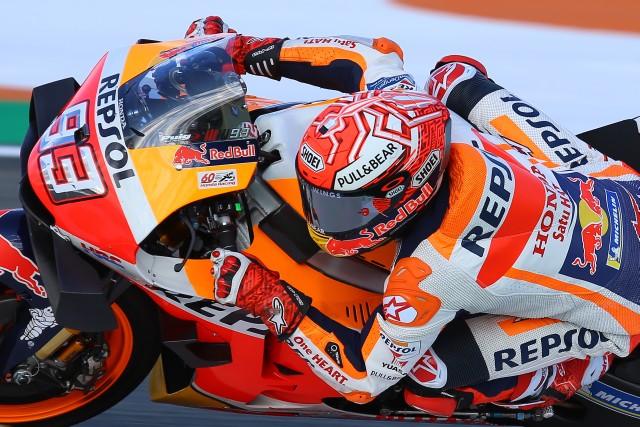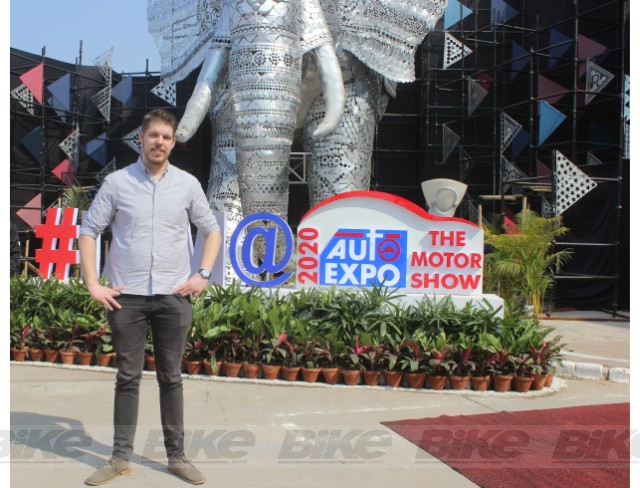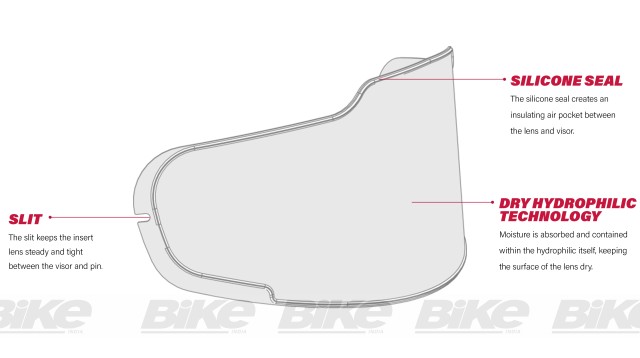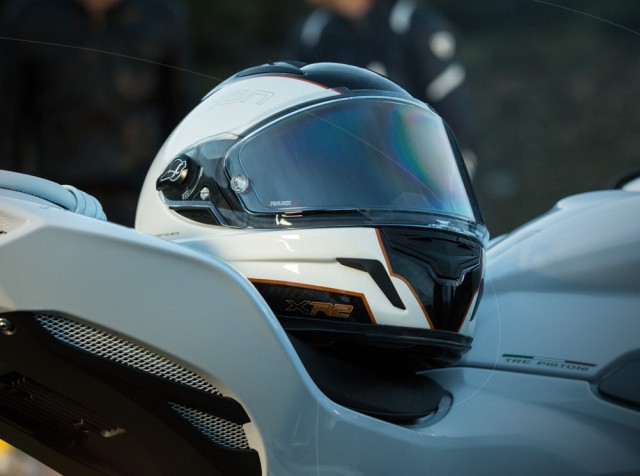Pinlock is well known for it’s patented anti-fog technology which most professional racers like Marc Marquez and Fabio Quartararo depend on. Earlier this year, Derek Knipscheer the Marketing Manager of Pinlock was in India to explore the market and make new headway in our country. We caught up with him to find out more.

Bike India (BI): How does Pinlock ensure a fog-free helmet visor?
Derek Knipscheer (DK): A Pinlock lens is a high-tech product that is based on three core principles:
1. The material, not plastic as some may think, is developed with a dry hydrophilic technology. What this means is that it absorbs water and disperses it, so you always have a clear vision.
2. Next to the technological material a Pinlock lens consists of a silicone seal that ensures an air-tight chamber. This helps create a buffer between the temperature of the inside of the helmet and the outside temperature.
3. To ensure a perfect fit, a Pinlock lens is locked between two adjustable pins thanks to the use of slits in the lenses. The pins are adjustable to ensure a secure fit between the visor and the Pinlock lens at all times.
BI: How did the company come up with this concept?
DK: Pinlock started back in 1995, and back then riders tried everything to prevent visors from fogging up; from using soap, spit, or even rubbing it with potatoes. Some solutions worked, but very temporary. At that time Derek Arnold, an importer of motorcycle helmets, worked out the initial system of using moisture absorbing material to create a double shield. This initial idea got refined over the years to create the optimal anti-fog solution that we offer today. We believe that having a clear view from inside your helmet contributes to safety in a big way, this is acknowledged by all the premium helmet brands and is now a must-have for riders around the globe.

BI: Do MotoGP riders use Pinlock?
DK: Yes, Pinlock is also used by many MotoGP riders, such as Marc Marquez, Fabio Quartararo, Andrea Dovizioso and many others. Riders who use Shoei, Scorpion, HJC, Suomy, KYT, NHK, AGV, and LS2 all receive Pinlock race support through their respective helmet brand.
BI: Is it very difficult to install? Is it a DIY product?
DK: When you make sure the pins are in the right position when installing the lens -pointing outwards for the least tension- the placement of the Pinlock lens is a piece of cake. Luckily we have numerous motorcycle shops around the world, and in India too, that offer the installation as a service. This way you are always sure the Pinlock lens is installed correctly. For those looking to install the lens themselves, we have an extensive library of instructional videos on our website.
BI: Which brands support the Pinlock system? Are you associated with any Indian brands?
DK: Pinlock is offered as standard technology by over 200 helmet brands worldwide (on Pinlock.com you can find our partner brands). This also includes Indian brands; we work with SMK and very recently we have started our partnership with Axor helmets. Due to the acknowledgement of all our partner brands this list is expanding continuously.

BI: What are the different types of Pinlock available in the market?
DK: Firstly we offer various levels of fog-resistant performance, starting from Pinlock 30 that offers a standard level, followed by Pinlock 70 which offers strong performance, and up to Pinlock 120 that offers excellent fog-resistant properties. It all depends of course on the circumstances which level is required by a rider. High demanding riders often aim for the best product available, whereas other riders might aim for the essential need of having anti-fog technology available. We work closely with our partner brands during the development phase of a new helmet so we can offer a solution that is up to the requirements and is in line with the targeted customer for a specific helmet type.
Aside from fog-resistant performance, Pinlock lenses vary in dimensions. Our Pinlock 30 lens, for instance, covers a smaller surface than a lens that is made specifically for a helmet and visor combination. Our Maxvision™ lenses cover the entire visor opening for maximal vision, hence the name.
BI: Does it distort vision for the rider?
DK: Adding layers to a visor is something that could result in distortion, but of course we take this into account in our development and design our lenses to prevent this from happening. However, the influence the lens has on distortion is often subject to a rider’s personal opinion. We continuously gather feedback from both our test team and consumers using our product. The feedback we get back about distortion shows us that it’s basically something only experienced in a mild way under extreme conditions. For example, riding in heavy rain under bright artificial lights. Still, on a daily basis distortion isn’t an issue, also not in wet conditions, and in the aforementioned extreme conditions riders also acknowledge that despite a minor distortion might occur they are still happy to take it for granted knowing that they would otherwise have been riding with a completely fogged up visor.

BI: Can the lens be removed, cleaned and reused?
DK: Yes, thanks to the pin-based solution our lenses can be easily removed, cleaned, and put back in. Due to the soft material we use for our lenses, we do provide cleaning instructions to make sure the lens doesn’t get scratched or damaged. On our website Pinlock.com we show exactly how to remove, clean, and install the lens in our instruction videos.
BI: How can riders in India get one?
DK: Over 200 brands worldwide offer Pinlock as a standard solution, so whenever a rider buys a helmet from these brands Pinlock is included, or in some cases, the helmet is prepared for a Pinlock lens (so the pins will already be in the visor). Riders who have a Pinlock prepared helmet without the lens installed can find Pinlock lenses in numerous shops around India. On our website, we have included a tool that quickly shows if a helmet is Pinlock compatible, and if so which lens suits which specific helmet. If a consumer has difficulties finding the right lens they can always contact us via our customer support on our website.


Leave a Reply